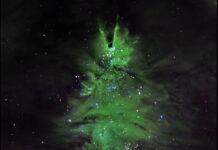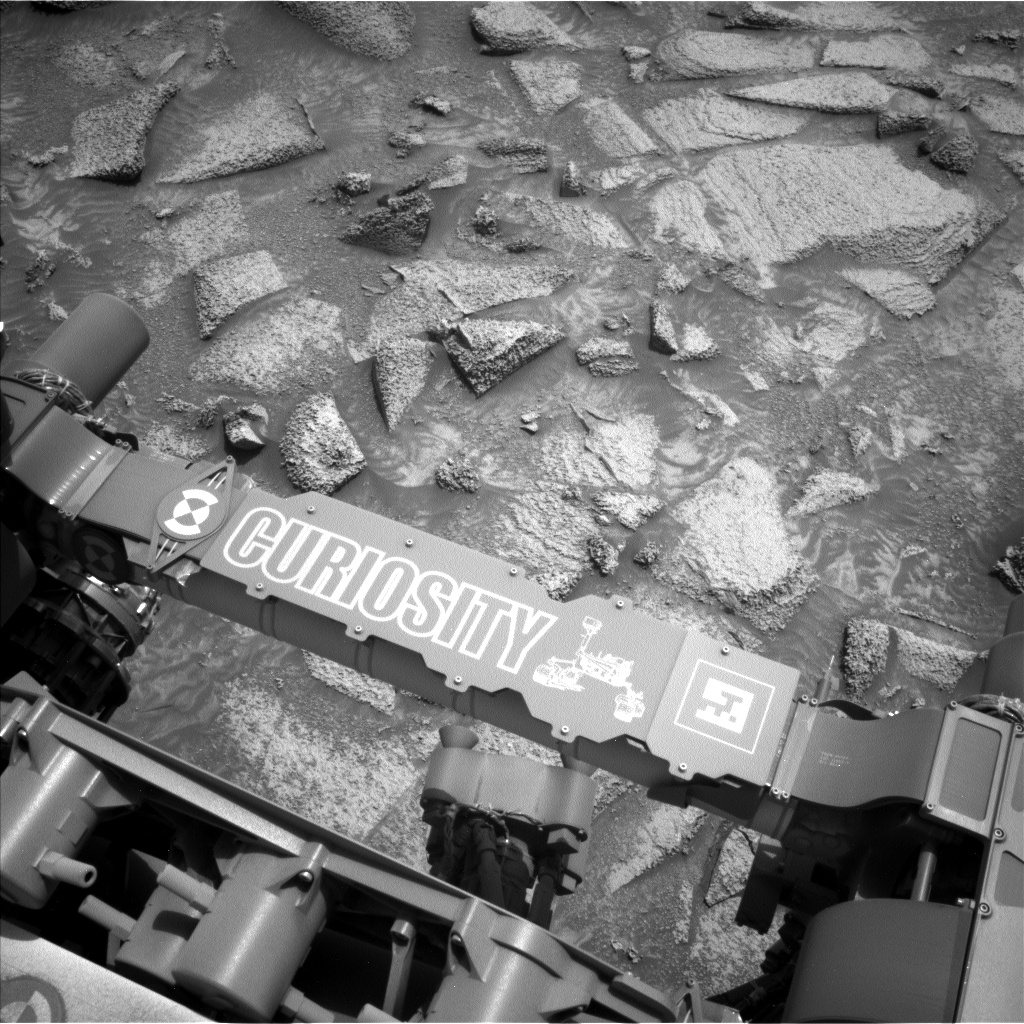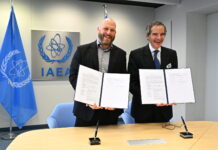Exploring Martian Sands: A New Focus on the Red Planet’s Surface
If you’re a frequent reader of our blog, you’re likely aware that each time the Mars rover pauses its journey for scientific exploration, it usually directs its attention to intriguing rock formations with the help of MAHLI (Mars Hand Lens Imager) and APXS (Alpha Particle X-Ray Spectrometer). This focus is unsurprising, given that the rover’s science team comprises numerous geologists. However, it’s important to remember that geology isn’t solely about rocks. Sand, essentially fragmented rock, plays a vital role in the geological story. With sufficient time, pressure, and burial, sand can transform back into rock.
Today’s mission turns the spotlight on the sands of Mars, particularly as it’s been nearly 500 Martian days, or "sols," since the last dedicated sand study using APXS and MAHLI. The current workspace is characterized by troughs of sand varying in color and brightness, offering a perfect opportunity for such an investigation. Among the targets are the "Pumice Flat," a lighter sand patch, and "Kidney Lake," a darker one.
APXS is equipped with a special mode for sand analysis. This mode allows the instrument to approach the sand closely enough to gather data without getting too near, which is crucial to prevent the loose material from clogging or damaging the device.
Environmental Observations Beyond Rocks
In addition to studying sand, the rover is also tasked with a variety of environmental observations. The Navcam (Navigation Camera) is scheduled to capture images to detect the presence of clouds and dust devils—whirlwind phenomena common on Mars. It will also monitor changes in the sand and dust covering the rover’s deck.
Both Navcam and Mastcam (Mast Camera) will be working together to assess the dust levels in the Martian atmosphere. Dust is a significant component of Mars’ environment, affecting everything from climate to solar power availability for the rover.
Furthermore, REMS (Rover Environmental Monitoring Station) will continue its routine weather measurements. This station records essential data such as temperature, wind speed and direction, pressure, humidity, and ultraviolet radiation levels. Meanwhile, RAD (Radiation Assessment Detector) will keep an eye on the radiation environment surrounding the rover, an essential aspect of ensuring the safety of both current and future Mars missions.
Finally, DAN (Dynamic Albedo of Neutrons) will perform scans of the subsurface rocks along the rover’s driving path. This instrument is designed to detect hydrogen, which may indicate the presence of water or hydrated minerals beneath the surface.
Understanding the Martian Surface: A Closer Look at Sand and Dust
The examination of Martian sand is more than a mere diversion from rock studies; it provides critical insights into the planet’s history and environmental conditions. By understanding the composition and distribution of sand, scientists can infer the processes that have shaped Mars over millions of years. These processes include wind erosion, volcanic activity, and the impact of meteorites.
The study of sand also holds implications for future human exploration. Sandstorms, for instance, can pose significant challenges to both robotic and human missions. By closely observing these phenomena, scientists can better predict and prepare for such events, ensuring the safety and success of future endeavors on Mars.
Moreover, the analysis of dust and its interaction with the Martian atmosphere can help scientists understand the planet’s climate dynamics. Dust in the atmosphere influences thermal properties and weather patterns, making it a critical component of Martian meteorology.
The Bigger Picture: Mars Exploration and Its Implications
Mars exploration has come a long way since the first missions in the mid-20th century. With each rover and lander, scientists glean more information about our neighboring planet, from its geological history to its potential for past or present life. The current focus on sand and environmental observations highlights the complexity and diversity of Mars’ surface, emphasizing that every aspect of the planet offers valuable insights.
The data gathered from these missions not only enhances our understanding of Mars but also contributes to broader scientific knowledge. By studying other planets, scientists can draw parallels and contrasts with Earth, offering new perspectives on our own planet’s history and environmental processes.
Furthermore, this exploration lays the groundwork for future manned missions to Mars. Understanding the planet’s surface and atmosphere is crucial for ensuring the safety and sustainability of human presence on Mars. Knowledge gained from studying Martian sand and dust will aid in the development of technologies and strategies for living and working on the Red Planet.
Reviews and Reactions to the Current Mission
The current focus on Martian sand has generated interest and excitement within the scientific community. Experts in planetary science recognize the significance of understanding all elements of Mars’ surface, not just its rocks. The emphasis on environmental observations alongside geological studies reflects a holistic approach to planetary exploration.
Public interest in Mars exploration remains high, with many eagerly following the rover’s journey and discoveries. The ongoing missions continue to inspire curiosity about the universe and our place within it, highlighting the importance of science and exploration in expanding human knowledge.
Conclusion
As the Mars rover embarks on its latest mission to study the sands of Mars, it does so with the goal of unlocking new secrets about the planet’s past and its dynamic environment. Through the combined efforts of sophisticated instruments and dedicated scientists, every discovery on Mars brings us one step closer to understanding this enigmatic world.
The exploration of Martian sand underscores the multifaceted nature of planetary science, demonstrating that every grain of sand holds a story waiting to be uncovered. Whether it’s through the study of rocks, sand, or atmospheric phenomena, Mars continues to captivate and challenge us, driving the pursuit of knowledge and the quest for exploration.
For more detailed updates on the Mars rover’s findings and ongoing missions, readers are encouraged to visit the original resources and follow the journey as it unfolds.
For more Information, Refer to this article.


































